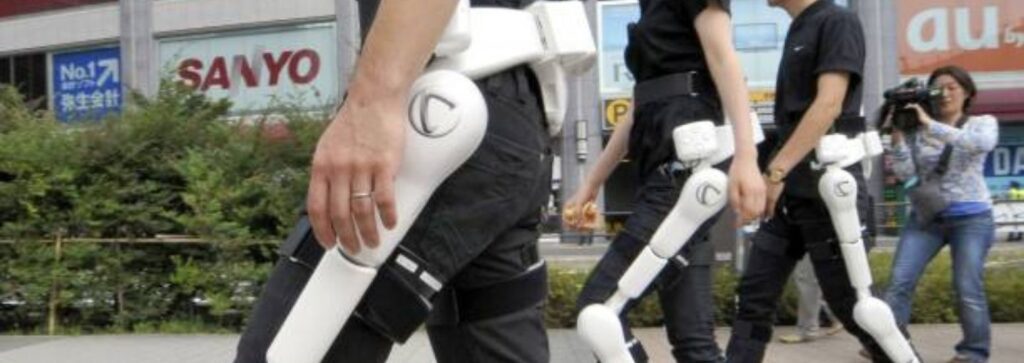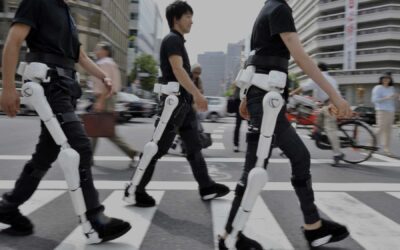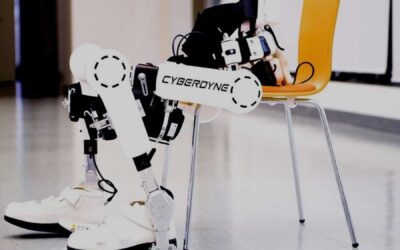The world’s first cyborg-type robot called the Hybrid Assistive Limb, or ‘HAL’, has the ability to enhance and support the wearer’s physical capabilities and bodily functions. The Wearable Cyborg™ HAL, also known as The Hybrid Assistive Limb, enhances functional movement in individuals with disabilities of any kind.
Uses of ‘HAL‘
Cyberdyne uses rehabilitation robots in physical therapy to address neuromuscular difficulties, rather than addressing the root cause, as it is more effective to utilise neural information captured by Cyberdyne HAL. It is designed to assist in the treatment of neurological conditions. This neuro-rehabilitation device assists the user in moving their limbs based on signals transmitted from the brain to the muscles, which are detected through the skin surface. This aims to enhance ambulatory function in patients with cerebral palsy and various other neuromuscular diseases.
HAL Treatment and Practises

- The neural information is detected to address cerebrovascular conditions
- Participates proactively in patient-guided robotic rehabilitation
- Enables patients to walk independently following HAL therapy
- Treatment is administered by healthcare professionals
- Offers a range of exercises beyond walking and targets specific joints
HAL possesses two control systems that can be utilised in conjunction based on the user’s circumstances. The “Cybernics Voluntary Control System” utilises BES to execute the user’s intended movements. The other system, the “Cybernics Autonomous Control System,” is designed to replicate human-like movements even when BES detection is not possible. These two control methods are what make ‘Cyberdyne’s Hybrid Assistive Limb’ such an advanced technology.
Cerebral Palsy Rehab Treatment
The only robot capable of offering suitable solutions for brain movements is the “Wearable Cyborg™ HAL.” The Cyberdyne treatment offers state-of-the-art neuromuscular rehabilitation technologies to promote the health of patients worldwide.

HAL is also recognised as the system that speeds up motor learning of the brain, ultimately leading to the brain’s neuroplasticity. HAL’s goal is to create a better future through the research, development, and production of innovative Cybernics systems, primarily focused on enhancing healthcare, welfare, and daily life.
A critical aspect of Cyberdyne’s robotic technology research is dedicated to “lower extremity rehabilitation.”
Once HAL finishes assisting the targeted movement, the sensation is relayed back to the brain. Actively utilising the neural pathways for voluntary movement with physical feedback to the brain results in an essential capability for the user to walk independently.
Our Patient Anderson’s Storey-
I made a conscious effort to use my hips instead of my knees when lifting my legs while walking. Following three months of intensive therapy at Cyberdyne in Bochum, I transitioned to lifting my knees when walking. As a result, I am now able to walk for longer durations due to the improvement in my walking technique. Prior to my time at Cyberdyne, it took me almost four minutes to walk 10 metres, but now I can cover the same distance in approximately 50 seconds. The Wearable Cyborg™ HAL effectively provides motion assistance based on the wearer’s voluntary movement
Connect with us at https://rehabmodalities.com/ to learn more about our mobile journey with Cyberdyne’s Wearable Cyborg™ HAL.



